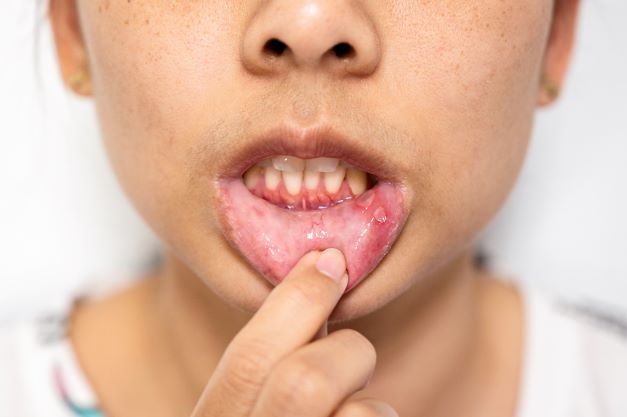Mon - Fri
9 AM - 6 PM
chúng tôi nói tiếng việt hablamos espanol
What is Plaque?
Almost everyone suffers from dental plaque to some extent; however, many are unaware of it. If you are curious to know about yourself, try running your tongue over your teeth. If your teeth feel fuzzy, then the chances are that they might be plaque. Gum diseases and bad breath are both caused by plaque. A plaque is called ‘biofilm’ by scientists since it is a colony of microorganisms surrounded by a sticky polymer layer. If not treated on time, plaque can turn into tartar, which can lead to tooth decay.
How is Plaque Formed?
When you eat something, the residual food particles sit in your mouth until you do not brush your teeth or use a mouthwash. In just 20 minutes of eating something, the food particles, sugars, acids, bacteria, and saliva from your mouth mix to form a soft, sticky substance that ends up covering your teeth. This sticky film is called Plaque. The bacteria in plaque can produce strong acids that destroy the enamel layer of your teeth and cause gum diseases such as gingivitis.
Plaque vs. Tartar
When you cannot remove plaque regularly, it can gather minerals from your saliva and develop into tartar, an off-white or yellow material.
Tartar forms around the gum line of your teeth on both the front and back surfaces. Although flossing can help remove some tartar, a trip to the dentist is likely required to remove the whole accumulation.
How to Prevent Plaque?
To keep your mouth healthy, perform the following three steps at least twice daily:

- Spend two minutes brushing your teeth.
- After each meal, brush your teeth with a soft toothbrush and water.
- When brushing your teeth, be sure to get rid of any hard-to-reach food particles using a mouthwash.
- Use fluoride-containing toothpaste. Fluoride aids tooth healing by strengthening the enamel.
- Keep sugar and artificial sweeteners out of your diet.
- Avoid smoking at all costs.
- Regular dental checkups and cleanings are essential, so schedule an appointment with your dentist now.
How to Treat Plaque?
Good oral hygiene may easily eliminate dental plaque if caught early enough. In order to decrease tooth plaque and minimize tartar formation, it is essential to follow a three-step oral hygiene regime. It’s also necessary to see a dentist regularly, so they can examine and clean your teeth and gums.
When dental plaque has grown to a significant point, a dentist or hygienist will use professional methods to clean tartar and plaque from your teeth and gums during a process known as scaling. It’s an efficient, non-surgical procedure to clean between the gums and the roots of your teeth.
Resource:
*Neither this nor any other content in this media is meant to prescribe, recommend, or prevent any treatment or procedure. It is highly recommended that you get the advice of a qualified dentist or other medical practitioners regarding your specific dental condition.
Subscribe To Our Newsletter
Get Updates And Learn From The Best
More to explore
Services
CONTACT US
2026 © Laguna Park Dentistry | All rights reserved | Powered by: Vigorant, Inc.



